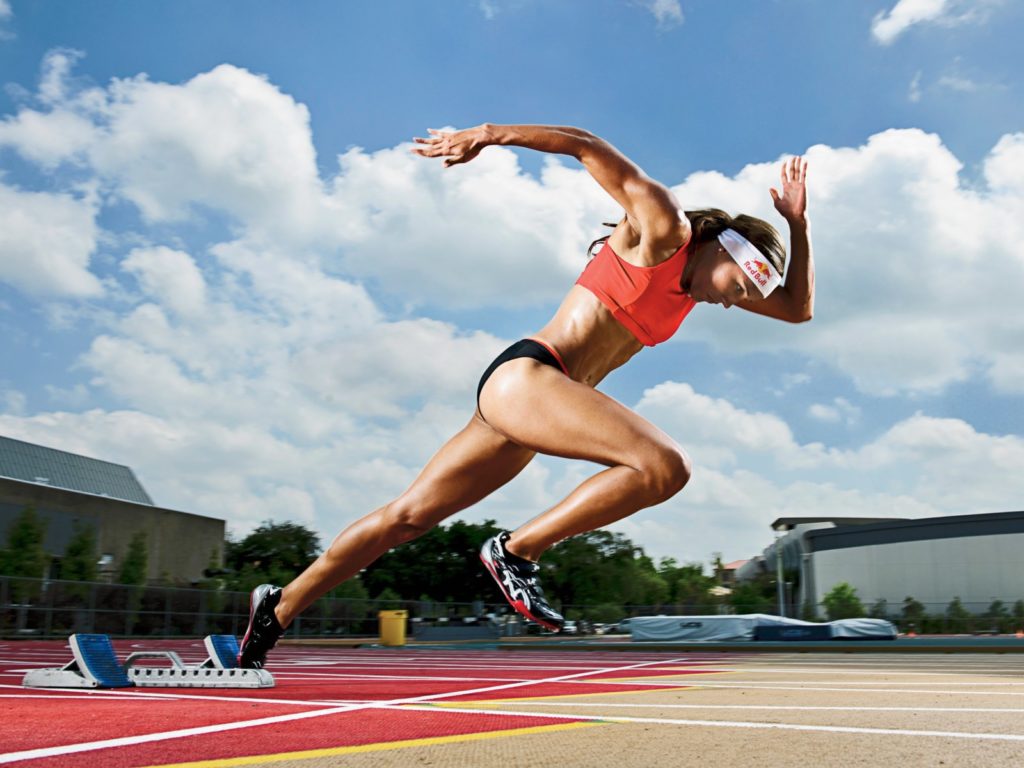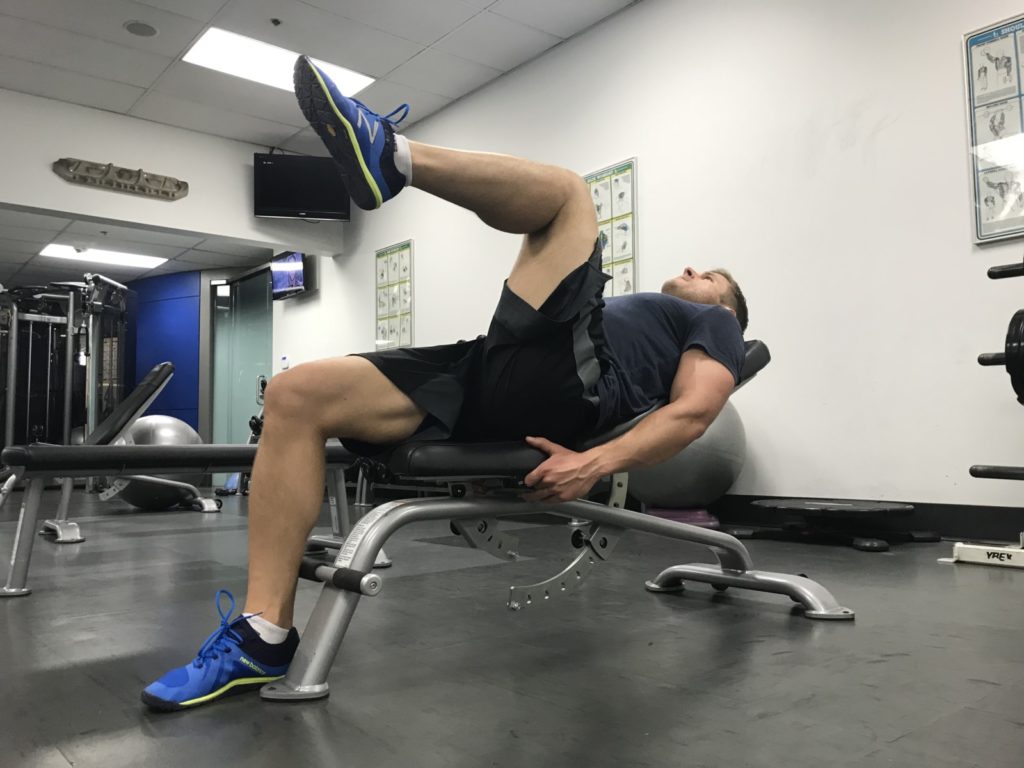In this post we discuss why you should stop stretching your hip flexors and train them instead.

Hip flexion is a motion that rarely gets much attention.
Beyond a stretch at the beginning or end of an exercise session, the muscles responsible for it are largely neglected in terms of training.
This is because they are usually considered tight or overactive. In particular the psoas, which is blamed for all kinds of maladies including back pain.
This situation has arisen for three main reasons I believe.
1. Many of us spend a large portion of our days seated with our hips in flexion. Why would you train a position you already spend a great deal of time in? Or so the thinking goes..
2. Some people struggle to achieve hip extension. Therefore their hip flexors must be tight and in need of stretching rather than strengthening.
3. The sensation of tightness that sometimes occurs at the front of the hip. If an area feels tight then stretching seems the obvious solution.
Let’s discuss each of those points in turn.
We sit all day therefore our hip flexors are tight
Whilst it might seem obvious that just hanging out in a joint position doesn’t train the muscles that help take the joint there, this idea is surprisingly prevalent.
In addition it’s been shown in animal models that immobilising muscles in their shortened position results in those muscles losing length.
This has furthered the case for stretching the hip flexors in some people’s opinion.
It’s true that if you splint a joint in a flexed position, the muscles that are shortened as a result will lose sarcomeres and become physiologically shorter.
It’s also true however that once the cast is removed the muscles will quickly return to their pre cast length.
You’ll also probably be thinking that sitting down for a few hours a day is not quite the same as immobilising a joint. You’re right.
There’s no evidence to my knowledge that desk based working causes structural shortening of muscles.
Hip extension is more important
The exercise and rehab world are certainly biased towards the muscles that extend the hip, Glute Max in particular.
Every muscle is there for a reason however and claiming that some are more important than others is illogical.
Try walking, running or climbing up stairs without flexing your hip and you’ll quickly see how important it is.
Additionally, muscles work togther to balance the forces around the joints. Improving one side of the axis without exploring the other is 50% of the job.
In order to lengthen Glute Max your hip must be able to flex. If that motion is limited then your ability to stimulate your hip extensors will also be compromised.
How deep you’re able to safely and effectively squat for example, is influenced by how much active hip flexion you have available.
If you want to squat deeper, improving the performance of your hip flexors may help.
The muscles feel tight so they must need stretching
I’ve written before how making a treatment decision based on a sensation is unreliable.
The tightness you may be feeling at the front of your hip, could just as easily be caused by muscles that aren’t contracting particularly well.
In order to come to an accurate conclusion it’s best to test.
Try this.
Hip flexion test on an incline bench

This exercise will give you a general indication whether your hip flexors are weak on one side compared to the other.
If this is the side that feels tight, you’ll know it’s weakness that’s the more important issue.
How to do it
Set yourself up on a bench with a small incline.
Place the foot of the non moving side firmly on the floor.
With your knee at 90 degrees slowly begin to lift the other leg off the floor.
Watch for your hip rotating. This will be evidenced by your lower leg moving either inwards or outwards.
Also make sure your pelvis doesn’t hitch up on the working side.
Bring the leg as high as possible before pausing for a second and then slowly lowering your foot to just above the floor.
Repeat until you feel fatigue.
Make a note of..
1. How many repetitions you were able to complete.
2. How far you were able to lift the leg with each repetition.
3. The quality of the movement.
Now try the same on the other side.
What did you find?
If there’s an undeniable difference between one side and the other, you’ll know your hip flexors are weaker on that side.
If that’s also the side where you experience sensations of tightness, you’ll know that it’s strength rather than tightness that’s the issue.
Summary
Hip flexion is a critical motion. Training it will provide benefits in other exercises as well as making your walking and running more efficient.
Perversely it will also allow you to sit for longer with less discomfort. The very reason why it’s suggested you shouldn’t train it in the first place.
Nothing so simple as simple sometimes it’s the things you think are obvious that you need to pick up on.
I have clients that seem to have problems with hip extensors and glute medius as well which does other vital stuff as well as a bit of extension. Turning a bit of focus on hip flexion is a good idea as none of the muscles work in isolation as we now know.
Good article.